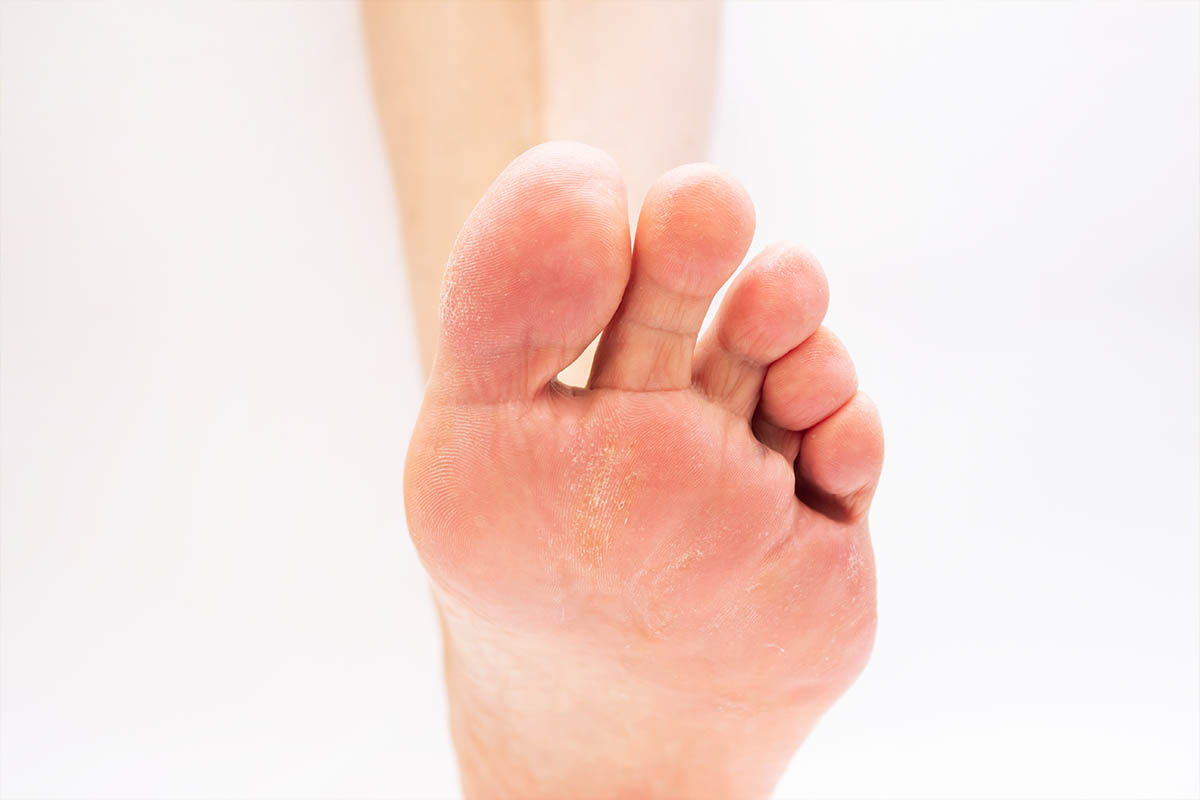Health
Cutaneous hyperkeratosis: what it is and how to treat it

Hyperkeratosis cutis is a thickening of the skin that can have different causes. Let's find out the most important and how to intervene when it occurs.
When we talk about cutaneous hyperkeratosis we mean the greater thickness that is created on the skin in some areas of the body. This can be either mechanical (due to continuous and repeated rubbing such as those that occur with tight shoes) or physiological (ie caused by palilloma virus, inflammation or anomalies in keratinization). In any case, it is a problem that must be identified and resolved in order to avoid its worsening .
How does hyperkeratosis manifest itself
Hyperkeratosis can come in many forms, all of which are important to recognize in order to be able to act promptly and resolve the problem.

Among the best known, as well as common, there are:
– Calluses, typical of plantar hyperkeratosis
– Eczema
– Actinic keratosis
– Warts
– Keratosis pilaris
– Lichen planus
– Seborrheic keratosis
– Vulvar, vaginal or cervical keratosis (rare but still among the possibilities)
Having said that, it is important to know that there are two types of hyperkeratosis.
There is, in fact, the orthokeratotic one, which occurs when there is a thickening of the keratin layer with preserved maturation, and the parakeratotic one , characterized by retained nuclei and delayed maturation of the keratinocytes. The two forms can be easily recognized by an examination conducted under a microscope.
In all cases, a correct diagnosis requires an objective examination by the doctor who, in more complicated cases, may require a biopsy to ascertain the actual presence of the problem. There are in fact some forms of hyperkeratosis which are more serious than others and which over time can evolve into malignant forms. For this reason, investigating well in order to immediately recognize the trend is extremely important.
Going to the most common and frequent form, however, this is foot hyperkeratosis which leads to a thickening of the skin in rather specific areas and to the formation of calluses or calluses which, depending on the position, can be particularly painful. Although it is not a serious form, here too it is very important to find the right treatment in order to eliminate the problem as soon as possible.
Hyperkeratosis: the most common cure
In most cases, hyperkeratosis problems are resolved through the use of specific ointments or solutions to be applied to the area where the skin appears thicker and more damaged. In other cases, phototherapy or the use of lasers may be useful.
In the case of calluses, in addition to the treatments indicated above, the cause must obviously be identified, which is almost always mechanical. In this case, to avoid new formations , it is essential to eliminate the problem upstream, creating protections for the more delicate areas or changing shoes and choosing wider and more comfortable ones.
In all cases, it is always good not to act alone but to ask for an opinion from your doctor and, if necessary, from a specialist. In doing so it will be much easier to understand what the problem is, trace the cause and find the most suitable treatment both to counter it and to prevent it from happening again and from causing more discomfort.
Riproduzione riservata © - WT











